The Charm of Bamboo Teapots: Embracing Rustic Pastoral Style
Bamboo teapots are a unique and eco-friendly alternative to conventional teapots, blending functionality with rustic charm. Crafted from natural bamboo, these teapots distinguish themselves through their lightweight structure and artisanal aesthetic. Unlike traditional metal or ceramic teapots, which can be hefty and less portable, bamboo teapots offer a pastoral appeal that resonates with many tea enthusiasts and décor aficionados alike.
The origins of bamboo teapots date back to the centuries-old practice of bamboo craftsmanship, particularly in Asian cultures where the bamboo plant is revered for its sustainability and versatility.
This craftsmanship brings a sense of nature into everyday life, making bamboo teapots not just a utility item, but an aesthetic piece that enhances the ambiance of the home. Their unique texture and warm tones promote a rustic, pastoral style that complements a variety of interior designs, particularly in settings that emphasize organic or vintage aesthetics.
As the trend for rustic pastoral styles gains traction in home décor, bamboo teapots are becoming increasingly popular. They embody a connection to nature that many modern consumers seek amidst the fast-paced tech-driven world.
Offering a charming blend of tradition and innovation, bamboo teapots serve as both functional tools for brewing tea and decorative items that contribute to a homely atmosphere. Overall, these teapots reflect a growing appreciation for handcrafted items that emphasize a simpler, more sustainable lifestyle, perfectly aligning with the values of many contemporary homeowners.
Craftsmanship Behind Bamboo Teapots
The creation of bamboo teapots exemplifies a harmonious blend of traditional craftsmanship and sustainable practices. This artisanal process begins with the careful harvesting of bamboo, a material renowned for its strength, flexibility, and rapid growth. Artisans typically select mature bamboo stalks, ensuring they are devoid of knots, which can compromise the structural integrity and aesthetic appeal of the final product.
Once harvested, the bamboo undergoes a meticulous treatment process. This includes drying, curing, and sometimes carbonizing the bamboo to enhance its durability and water resistance.
The artisan must be proficient in controlling these processes to prevent cracking or warping, thereby ensuring a high-quality teapot. The natural properties of bamboo allow for various finishes that can appeal to different aesthetic preferences, from rustic to polished designs.
Shaping the bamboo into a pastoral teapot involves not just technical skills, but also an understanding of both function and form. Each piece is handcrafted with precision, as artisans intricately weave and mold the bamboo into various styles, sizes, and shapes.
This craftsmanship allows each bamboo teapot to be unique, echoing the personal touch and creativity of its maker. In addition, the artisans’ methods often incorporate elements of cultural heritage, elevating the bamboo teapot beyond a mere vessel for tea.
Handcrafted bamboo teapots not only serve practical purposes but also support local craftsmen, sustaining traditional artisanship in an age of mass production.
The emphasis on quality and sustainability inherent in bamboo craft fosters a deeper appreciation for the environment and the resources it provides. In this respect, embracing bamboo teapots resonates with a broader movement towards supporting sustainable practices and appreciating artisanal quality in everyday items.
The Aesthetic Appeal of Rustic Pastoral Style
The rustic pastoral style draws upon the charm of the countryside, celebrating simplicity and the beauty of natural materials. Central to this aesthetic are bamboo teapots, which exemplify the qualities that define this design philosophy. Their organic texture, warm tones, and handcrafted nature make them a perfect addition to various interior themes, particularly farmhouse, country chic, and naturalistic designs.
In a farmhouse setting, bamboo teapots effortlessly blend with wooden accents, distressed furniture, and vintage accessories. They serve not only as functional items but also as striking décor pieces that invite warmth and nostalgia into the space. Their raw, tactile surfaces echo the charm of traditional craftsmanship, making them a focal point in kitchen or dining areas where one gathers with family and friends.
Country chic interiors, characterized by a combination of rustic elements and a touch of elegance, benefit greatly from the introduction of bamboo teapots. These objects of beauty complement floral patterns, pastel colors, and soft textiles, creating an inviting atmosphere that reflects a more relaxed lifestyle. The natural fibers of bamboo harmonize with other organic materials like linen and cotton, enhancing the overall appeal of the environment.
Additionally, in a naturalistic design context, bamboo teapots highlight the essence of nature, offering a serene and calming visual experience. Their eco-friendly nature aligns with sustainable living trends, appealing to those who appreciate both aesthetics and environmental consciousness. The incorporation of these teapots can transform ordinary spaces into tranquil retreats, ideal for enjoying a quiet cup of tea while surrounded by the beauty of nature.
In conclusion, the aesthetic appeal of rustic pastoral style, as embodied by bamboo teapots, transcends mere functionality. Their charm lies in their ability to complement various interior design themes, enriching any space with warmth, simplicity, and a connection to nature.
Benefits of Using Bamboo Teapots
Bamboo teapots offer a variety of benefits that make them an excellent choice for tea enthusiasts seeking a blend of functionality and aesthetics. One of the most significant advantages lies in their eco-friendliness.
Bamboo is a sustainable material that grows rapidly and does not require pesticides or fertilizers, making it an environmentally responsible option compared to traditional ceramic or plastic teapots. By choosing a bamboo teapot, consumers are making a conscious effort to reduce their ecological footprint, supporting a more sustainable lifestyle.
In addition to being eco-friendly, bamboo teapots are also remarkably lightweight, which enhances their usability. This feature is particularly appealing for individuals who enjoy hosting tea ceremonies or gatherings, as it allows for easy handling and pouring. The lightweight nature of these pastoral teapots makes them accessible for individuals of all ages, ensuring that anyone can participate in the rewarding experience of tea brewing and sharing.
Another notable characteristic of bamboo teapots is their unique insulating properties. Unlike metal or glass teapots, bamboo does not conduct heat, which helps maintain the ideal temperature of brewed tea. This ensures that the flavors and aromas are preserved for a longer period, allowing tea drinkers to savor each sip fully. Moreover, the natural insulation of bamboo teapots contributes to a more authentic and enjoyable tea ritual, as it connects users to the traditional roots of tea-making while enhancing overall enjoyment.
In conclusion, the benefits of using bamboo teapots extend far beyond their aesthetic appeal. By incorporating eco-friendliness, lightweight design, and superior insulation, bamboo teapots stand out as remarkable tools for elevating the tea brewing experience, making them a charming addition to any tea lover’s collection.
Care Tips for Bamboo Teapots
Bamboo teapots, cherished for their rustic charm and unique aesthetics, require proper care to preserve their beauty and functionality over time. Regular maintenance not only enhances their visual appeal but also prolongs their lifespan, allowing tea enthusiasts to enjoy their pastoral teapot as a timeless piece for many years.
When it comes to cleaning bamboo teapots, gentle methods are paramount. After each use, it is advisable to rinse the teapot with warm water to remove tea residues. Avoid using harsh detergents or abrasive sponges, as these can damage the delicate surface of bamboo. Instead, use a soft cloth or sponge to wipe gently. If stubborn stains persist, a mild vinegar and water solution can be employed, but it is essential to rinse thoroughly afterward to prevent lingering odors or tastes.
Drying is another critical aspect of bamboo teapot care. After washing, ensure that the teapot is allowed to air dry completely before storage. Prolonged dampness can lead to mold or mildew growth, compromising both the appearance and integrity of the bamboo material. It is best to leave the teapot in a well-ventilated area, away from direct sunlight, which can cause the bamboo to crack or fade over time.
Storage considerations are equally important in maintaining these rustic items. Bamboo teapots should be kept in a cool, dry place, preferably on a shelf or cabinet, rather than exposed to high humidity or extreme temperatures. To prevent scratches, consider placing a soft cloth between stacked items. Additionally, avoid overloading your storage space with heavy objects on top of the teapot, as this can distort its shape.
By implementing these care tips, you can ensure that your bamboo teapot remains both functional and beautiful, a charming addition to your tea collection and a reflection of the pastoral aesthetic.



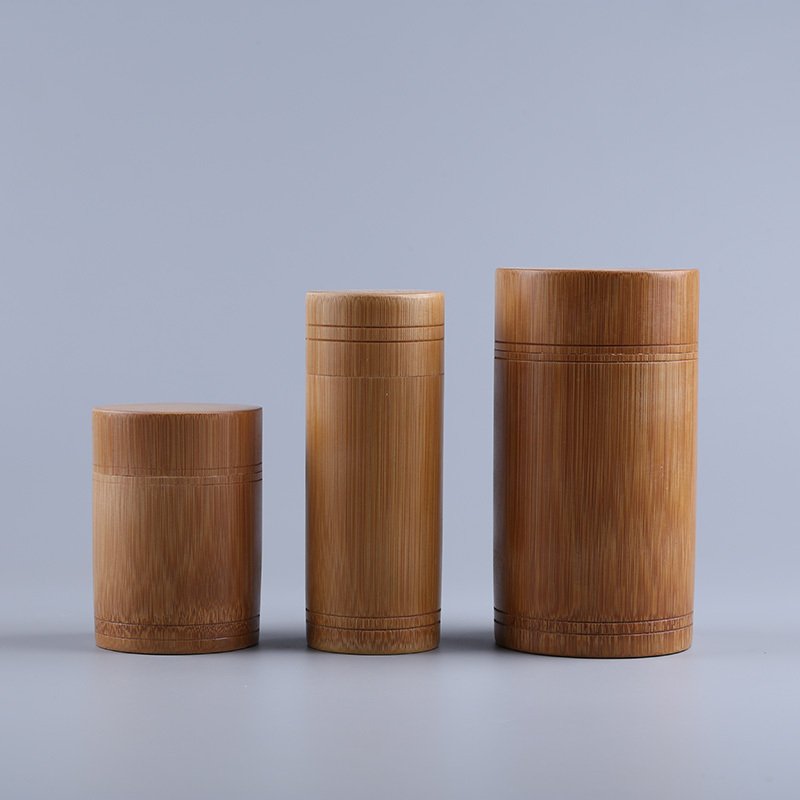
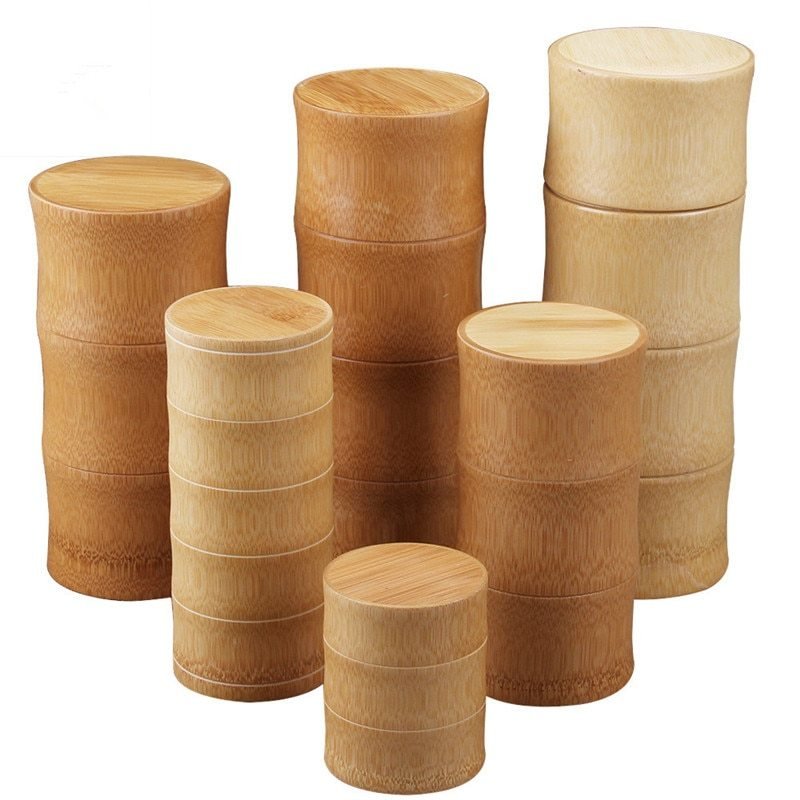

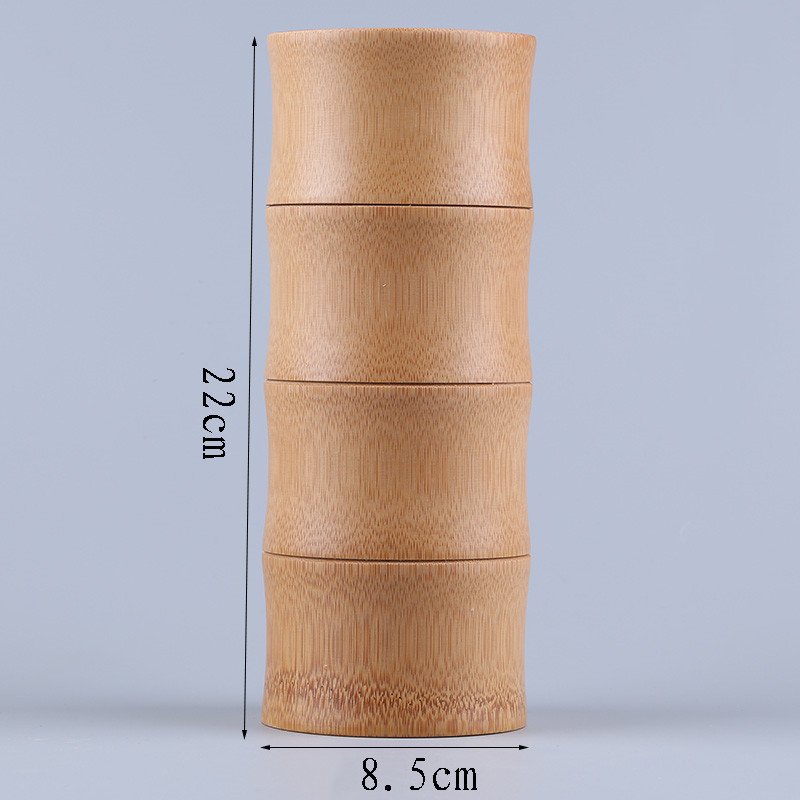
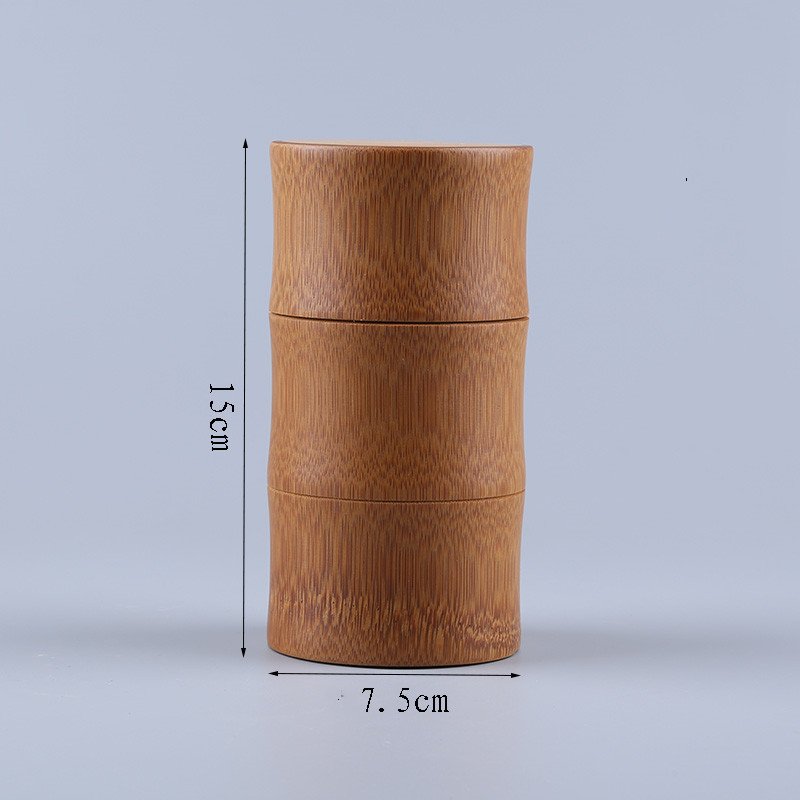




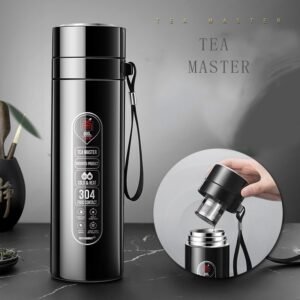

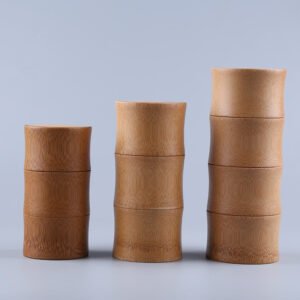
Reviews
There are no reviews yet.